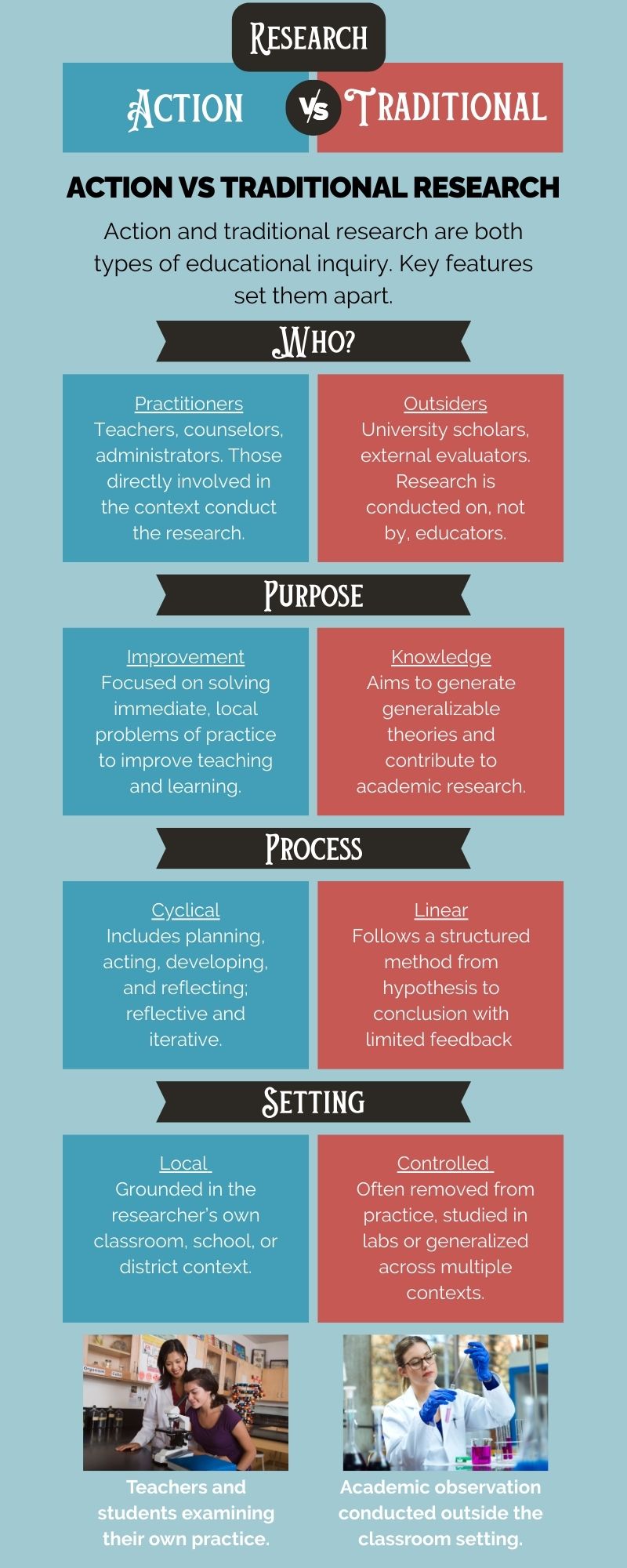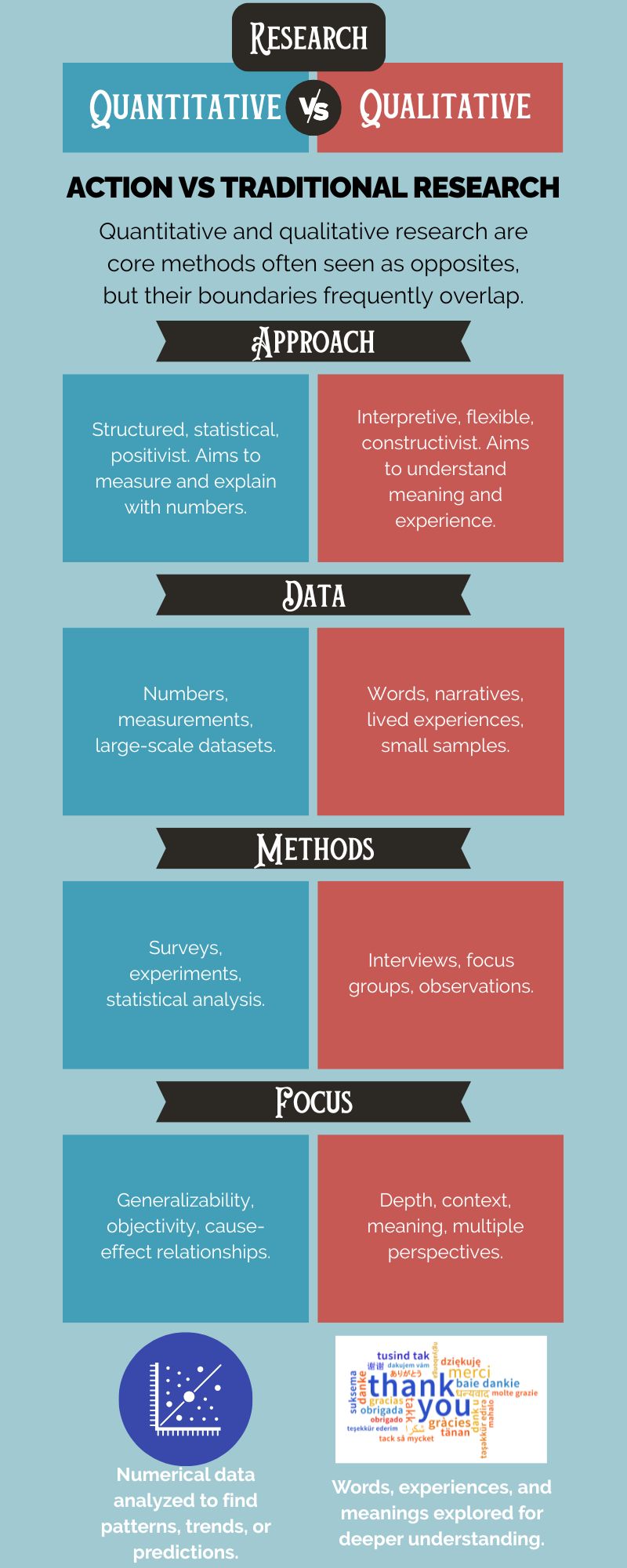Research
Research Reflection
Research is important to me because it’s one of the most effective ways to improve. While experience drives growth, research makes that experience more meaningful and effective. In my first research project in the CSUSB IDT master’s program, I conducted action research on teacher burnout. Feeling burnt out myself, I explored mindfulness techniques to reduce stress and measured the impact through self-surveys. The strategies not only helped alleviate stress but also deepened my understanding of its root causes in my work.
In my second research course, I conducted traditional research on strategies for English Language Learners and their impact on math performance. Reviewing academic studies led me to new teaching techniques, and using statistical analysis gave me confidence in their effectiveness, which is something I don't always gain from daily classroom routines.
Overall, research has helped me grow as a teacher and will continue to guide my practice moving forward.
Action Research vs. Traditional Research

Action and traditional research are both approaches to educational inquiry, but they differ in who conducts the research, what it aims to do, how it’s done, and where it happens (Mertler, 2021).
Action Research
Conducted by practitioners, such as teachers or school leaders, action research is used to solve local problems in real time. It is cyclical, reflective, and rooted in the researcher’s own environment. Its goal is to improve practice through ongoing, data-informed changes.
Steps in Action Research (Mertler, 2021)
- Plan: Identify a problem of practice and gather background information.
- Act: Implement a strategy and collect relevant data.
- Develop: Create an action plan based on findings.
- Reflect: Evaluate results and prepare for the next cycle.
Traditional Research
Traditional research is typically conducted by external scholars. It follows a formal, linear structur, often focused on producing generalizable knowledge. This type of research usually takes place outside of the specific setting being studied.
Source: Mertler, C. A. (2021). Action Research as Teacher Inquiry: A Viable Strategy for Resolving Problems of Practice. Practical Assessment, Research and Evaluation, 26(19). Read article
Quantitative Research vs. Qualitative Research

Quantitative and qualitative research are core research approaches. While often treated as opposites, their boundaries frequently overlap.
Quantitative Research
Often linked with positivism, this approach uses structured methods like surveys and experiments to gather numerical data. The goal is to measure, compare, and produce generalizable findings through statistical analysis.
Qualitative Research
Aligned with constructivism, qualitative research seeks to understand meaning and experience through interviews, observations, and open-ended data. It values context, depth, and interpretation.
Key Insight: Pilcher and Cortazzi (2024) argue that in practice, many researchers use both approaches depending on their goals, challenging the strict binary view of methods.
Source: Pilcher, N., and Cortazzi, M. (2024). 'Qualitative' and 'quantitative' methods and approaches across subject fields: Implications for research values, assumptions, and practices. Quality and Quantity, 58, 2357–2387. https://doi.org/10.1007/s11135-023-01734-4
My Research Projects
Below are two research projects I conducted, each aligned with a different approach: action research and traditional research.
🧘 Action Research: Mindfulness and Teacher Burnout
I explored whether mindfulness techniques could help reduce teacher burnout. I applied strategies in a real classroom setting and measured outcomes using Google Form surveys.
📊 Traditional Research: EL Strategies and Math 1 Test Scores
This study examined the impact of using English Learner strategies on General Math 1 test scores. After implementing the strategies, I compared pre- and post-test data.